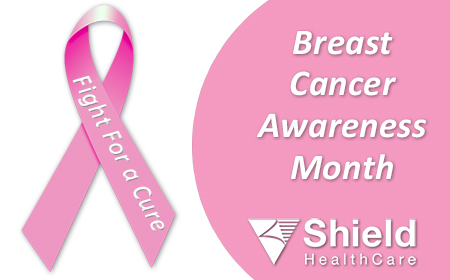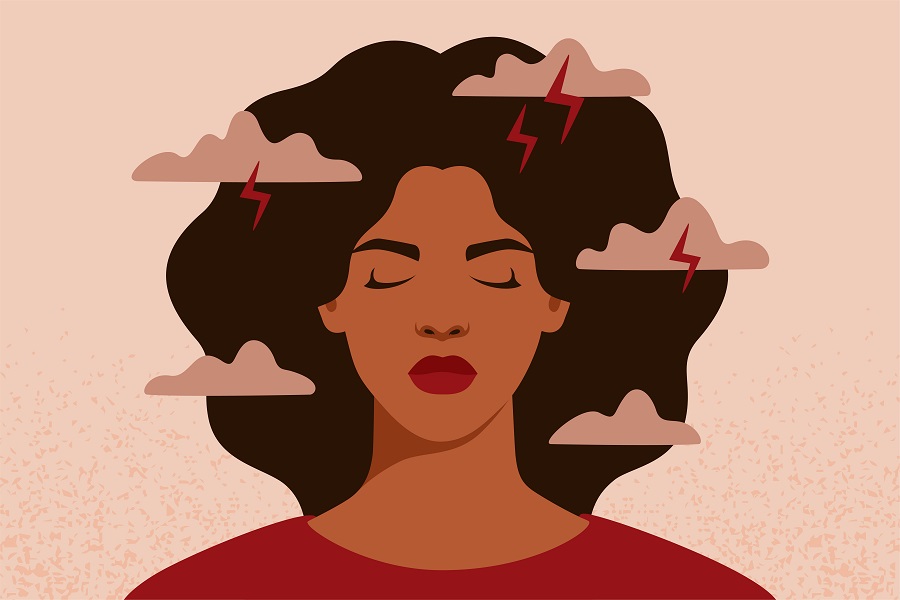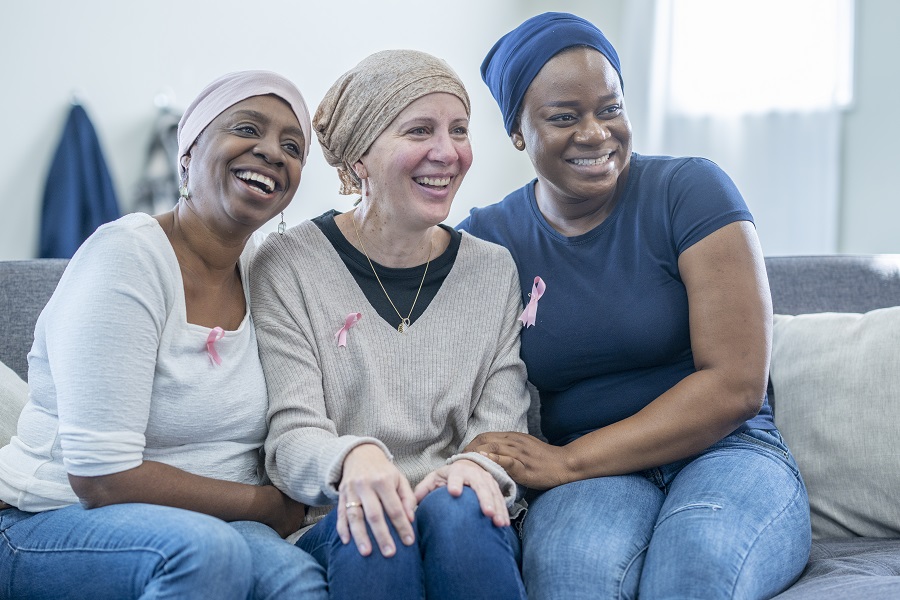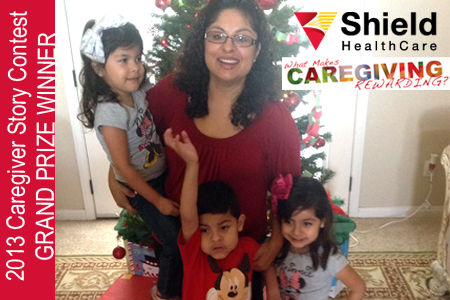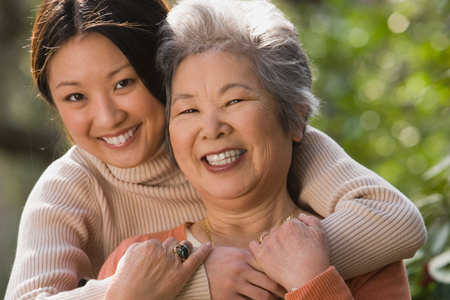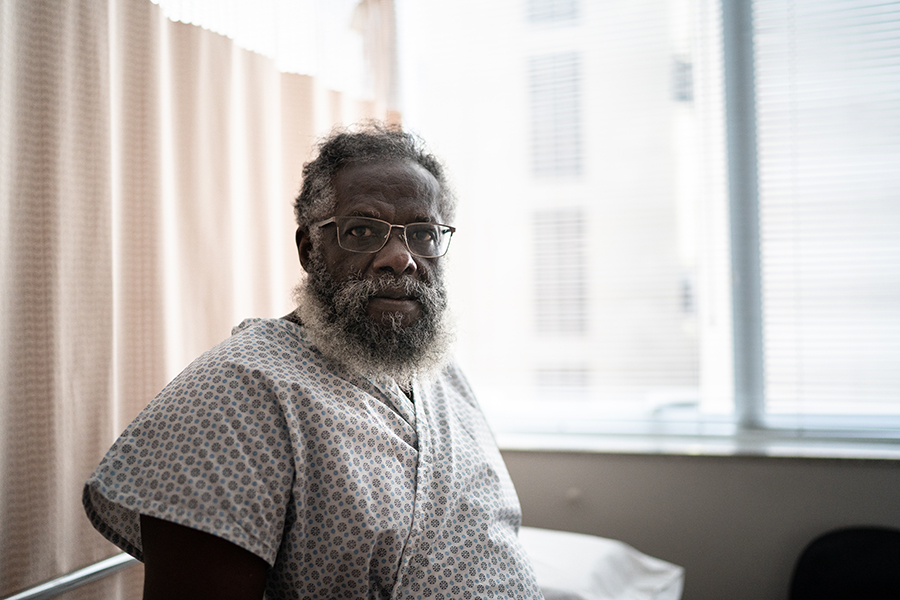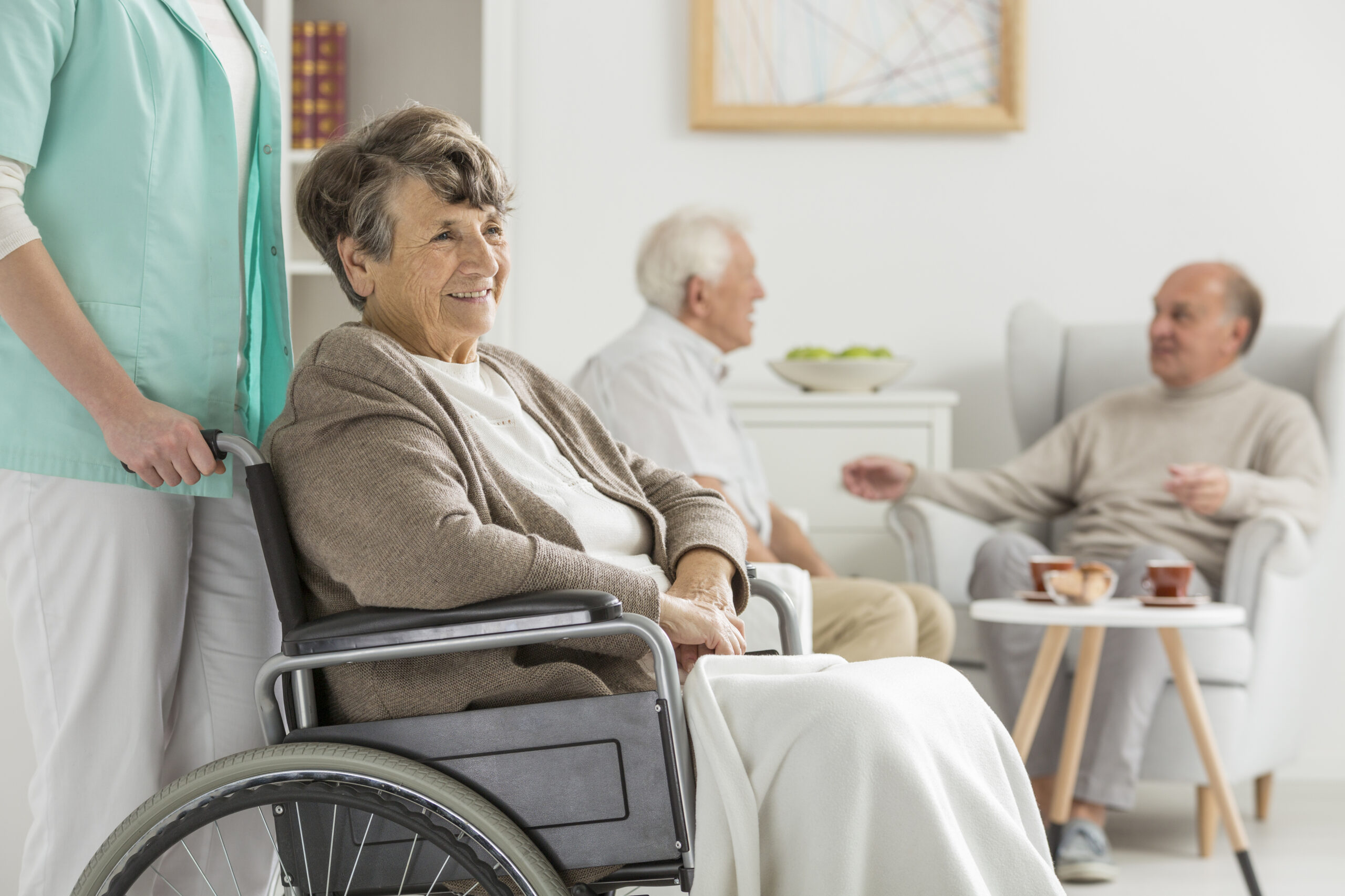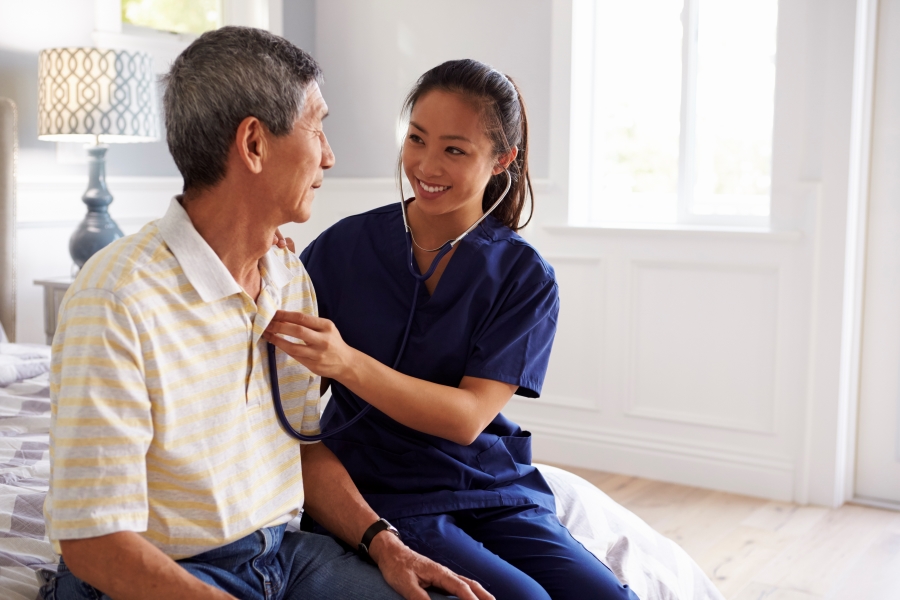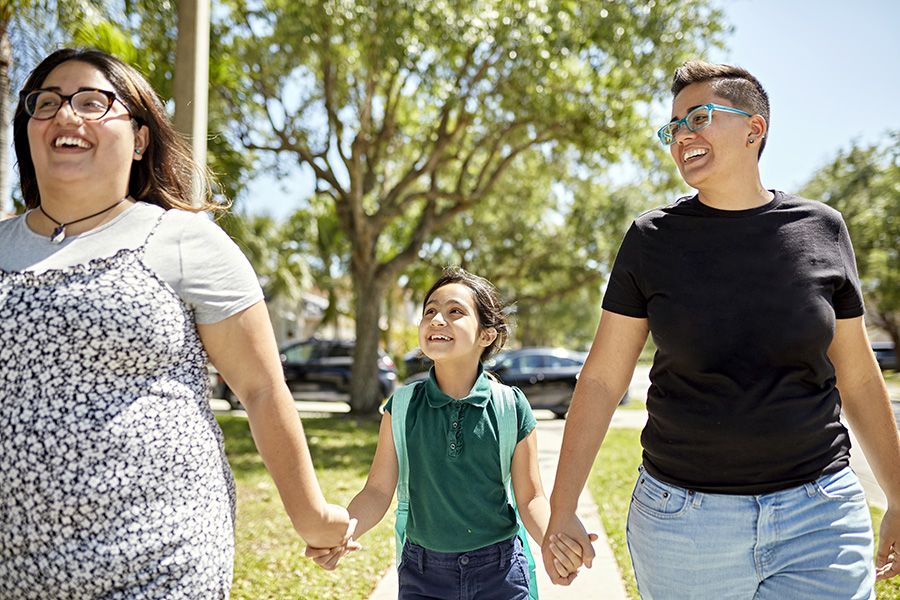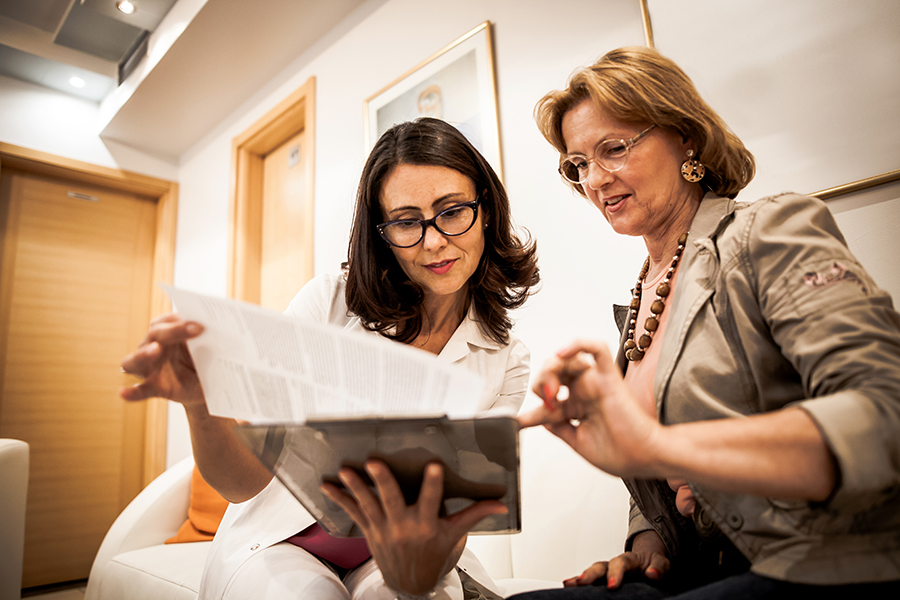Since 1985, Breast Cancer Awareness Month has been recognized across the United States and around the world. Approximately 1 in 8 (12%) women in the US will develop invasive breast cancer during their lifetime. Family members and friends provide vital physical and emotional care to those fighting the disease.
Breast cancer is the most commonly diagnosed cancer in women, aside from skin cancer. When breast cancer is detected early and treated promptly, chance of a successful recovery is greatly increased.
The American Cancer Society‘s estimates for breast cancer in the United States for 2013 are:
- Over 232,000 new cases of invasive breast cancer in women.
- Nearly 65,000 new cases of carcinoma in situ (non-invasive cancer, the earliest form of breast cancer)
At this time there are more than 2.8 million breast cancer survivors in the United States.
Signs and symptoms:
The most common symptom of breast cancer is a new lump or mass. Breast cancer masses can be painless and hard, or painful and soft, and with irregular or rounded edges. For this reason, regular self-examination is highly recommended by health care professionals. Women and men who discover any new breast mass or lump should be checked by an experienced health care professional.
Other possible signs of breast cancer include: Swelling of in an area of the breast, or of the whole breast; Skin irritation or dimpling, including redness, scaliness, or thickening of the nipple or breast skin; Breast or nipple pain; and Nipple retraction or discharge (other than breast milk).
Increased public awareness and widespread use of mammograms continues to increase the number of breast cancer cases detected in early stages, before any other symptoms have developed. The American Cancer Society recommends that women aged 40 and older should have an annual screening mammogram.
Treatment Options:
The most common types of treatment for breast cancer are:
- Surgery
- Radiation therapy
- Chemotherapy
- Hormone therapy
- Targeted therapy
- Bone Directed therapy
- Any combination of the above
The type of treatment recommended for each case will depend on several factors, including the type of breast cancer, cancer stage, speed of growth, risks and side effects and much more.
Inherent Risk Factors:
There are some risk factors for breast cancer that we have no control over. Some of the most common inherent risk factors include:
- Gender. Men can, and do, develop breast cancer. However, this disease is approximately 100 times more common among women than men.
- Aging. Your risk of developing breast cancer increases as you get older. 2 out of every 3 cases of invasive breast cancer are found in women over the the age of 55
- Genetic Risk Factors. By current research, approximately 5% to 10% of breast cancer cases are believed to be hereditary. The most common cause of hereditary breast cancer is an inherited gene mutation in the BRCA1 and BRCA2 genes.
- Family History. Breast cancer risk is higher among those who have close blood relatives with this disease. The more close relatives a person has with breast cancer, the higher his or her risk. However, over 85% women who get breast cancer do not have a family history of this disease.
Lifestyle Risk Factors
Some risk factors for breast cancer are influenced by our life path and lifestyle choices. Some of the more common controllable risk factors include:
- Childbirth. Women who have had no children, or who had their first child after age 30, have a slightly higher risk of developing breast cancer. Some studies suggest that breastfeeding may also slightly lower breast cancer risk.
- Birth Control. Studies have found that women using oral contraceptives (birth control pills), or the injectable birth control DMPA (Depo-Provera) have a slightly greater risk of breast cancer than women who have never used them.
- Hormone Therapy. Women using combined hormone therapy (both estrogen and progesterone) after menopause have an increased risk of getting breast cancer. It is important to note that the use of estrogen alone after menopause does not appear to increase the risk of developing breast cancer.
- Alcohol Use. The use of alcohol is clearly linked to an increased risk of developing breast cancer. The risk increases with the amount of alcohol consumed.
- Being Overweight or Obese. Being overweight or obese after menopause is linked to an increased breast cancer risk. Diet and vitamin intake is still an unproven risk factor, and more research is needed. However, diets high in fat can lead to being overweight or obese – which is a proven risk factor.
- Physical Activity. Evidence is growing that physical activity in the form of exercise reduces breast cancer risk. In one study, as little as 1 and a half to 2 and a half hours of moderate exercise per week reduced breast cancer risk by 18%.
To learn more about breast cancer warning signs, treatments, advocacy and events in your area, visit the National Breast Cancer Awareness Month website and Susan G. Komen For The Cure.
Source information for this article was provided by the American Cancer Society, the Mayo Clinic and Susan G. Komen For The Cure.






